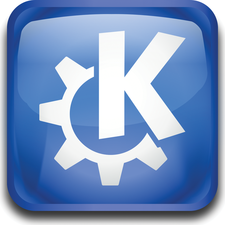The "Kool" desktop is almost as old as Justin Bieber – and far more stable.
Desktop Through the Decades

We look at the ups and downs of the past two decades of the "Kool" desktop.
Those of us who started using Linux back in the late 1990s remember all too well that it wasn't a pretty operating system on the desktop. Sure, we had a bunch of tools like Netscape and Gimp at our disposal, and a variety of window managers, but everything felt like a bit of a kludge. Nothing was really well integrated, every app had its own look and feel, and while we still preferred it to the other operating systems of the time, we never really felt comfortable in it.
That's not to say it was all bad. FVWM users, for example, were rocking an insanely configurable window manager that wiped the floor with Windows and Mac OS. Users who did most of their work in text terminals were having an awesome time. The GNU/Linux combination with XFree86 on top was a workable desktop operating system for geeks with time to invest, but for newcomers it all looked rather clumsily bolted together.
Fortunately, one group of hackers had the foresight to do something about this. Instead of having a window manager developed by one team, and a file manager by another, and a text editor by yet another, all using different toolkits and config files and themes, wouldn't it be great if all these bits and pieces were worked on in unison? Wouldn't it make more sense for a desktop environment and all its common utilities to be developed by a single project, to encourage consistency and code reuse?
[...]
Buy this article as PDF
(incl. VAT)
